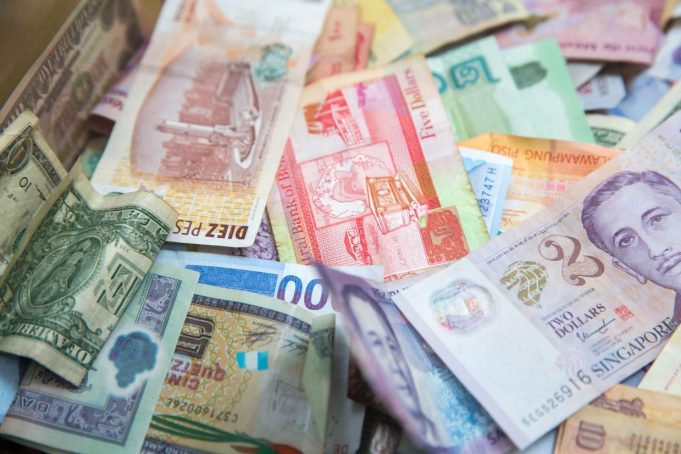The Philippine Peso and the Malaysian Ringgit led advances among Asian currencies on Friday. As overnight data revealed the U.S. economy’s resiliency, increasing investor risk appetite and sending stocks to a nine-month high.
In the first three weeks of January, both the peso and the ringgit strengthened. With the latter appreciating by about 4% year-to-date, just behind the best-performing Thai baht.
After data a day earlier revealed Manila’s economy concluded 2022 with the fastest growth in more than four decades. Supported by a strong final quarter, the peso increased up to 0.4%, reaching its highest position since June 22.
The ringgit increased by as much as 0.4%, reaching its highest level since April 14. As prospects for the country that depends heavily on tourism improved. As a result of China’s openness policies and a rise in crude oil prices.
China’s openness of its borders and increased focus on strengthening its flagging economy. As well as a weaker dollar, have helped Asian currencies excel thus far in 2023.
TD Securities analysts wrote in a note that the rebuilding of FX reserves “bolsters the optimistic perspective on Asia FX amid the China reopening story, although we are hesitant to chase it since much is in the pricing.
As a result, given the sharp rise in policy rates over 2022. A more benign inflation trajectory “could herald the end of Asia central banks’ tightening cycles.”
Last week, other Asian central banks softened their rhetoric about tightening policy. With Indonesia signaling an early conclusion to its cycle and Malaysia’s central bank abruptly suspending its tightening efforts.
In comparison to the Japanese yen, the dollar index, which compares the currency to six major rivals, declined.
The baht lost 0.3% on Friday and was on track to end a five-week winning streak. The baht has emerged as one of the top beneficiaries of China’s abrupt removal of its COVID curbs.
After making significant gains earlier in the week, the rupiah dipped 0.2%. But it was still aiming for a third straight week of gains.
The Singapore dollar lost 0.2% while the South Korean won decreased by 0.1%.
The problem for the cash-strapped South Asian country got worse on Thursday. When the Pakistani rupee plunged 9.6% versus the dollar, the worst one-day decline in more than 20 years.
After robust GDP figures from the U.S. economy allayed fears of a recession. Asian markets were set to post gains for a fifth consecutive week.
OCBC analysts predicted that sentiment in Asian markets will be helped by “optimism that the U.S. Fed may be able to orchestrate a soft landing.”
In order to reach a nearly nine-month high, MSCI’s largest index of Asia-Pacific shares outside of Japan increased by as much as 0.55%.
Jakarta stocks rose nearly 1%, to its highest since December 28, Seoul shares gained 0.6%. While those in Thailand and Singapore rose 0.4% each.
Indian stocks dropped nearly 1% dragged by financials on risk aversion due to Hindenburg’s report on the books of Adani group companies.
















